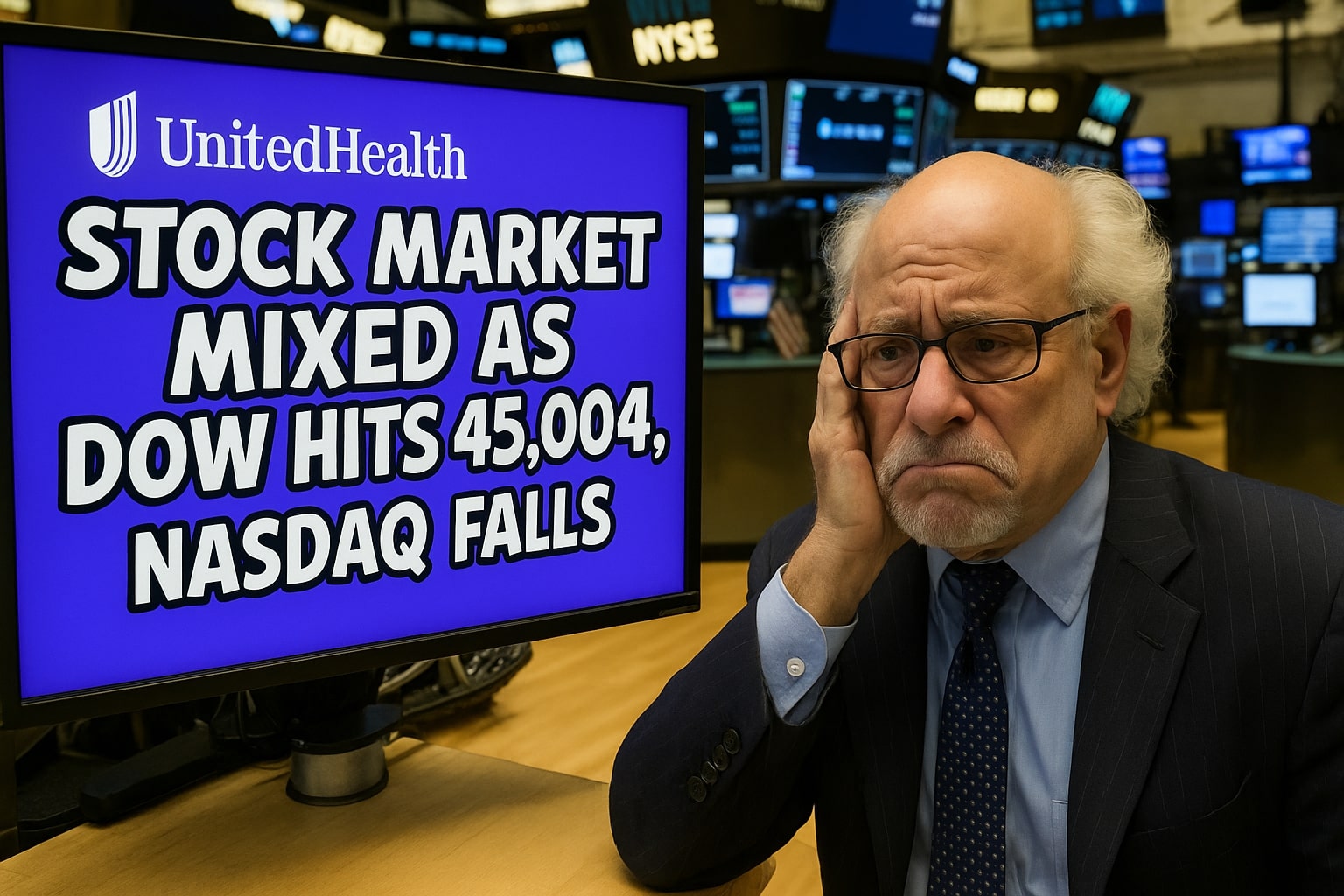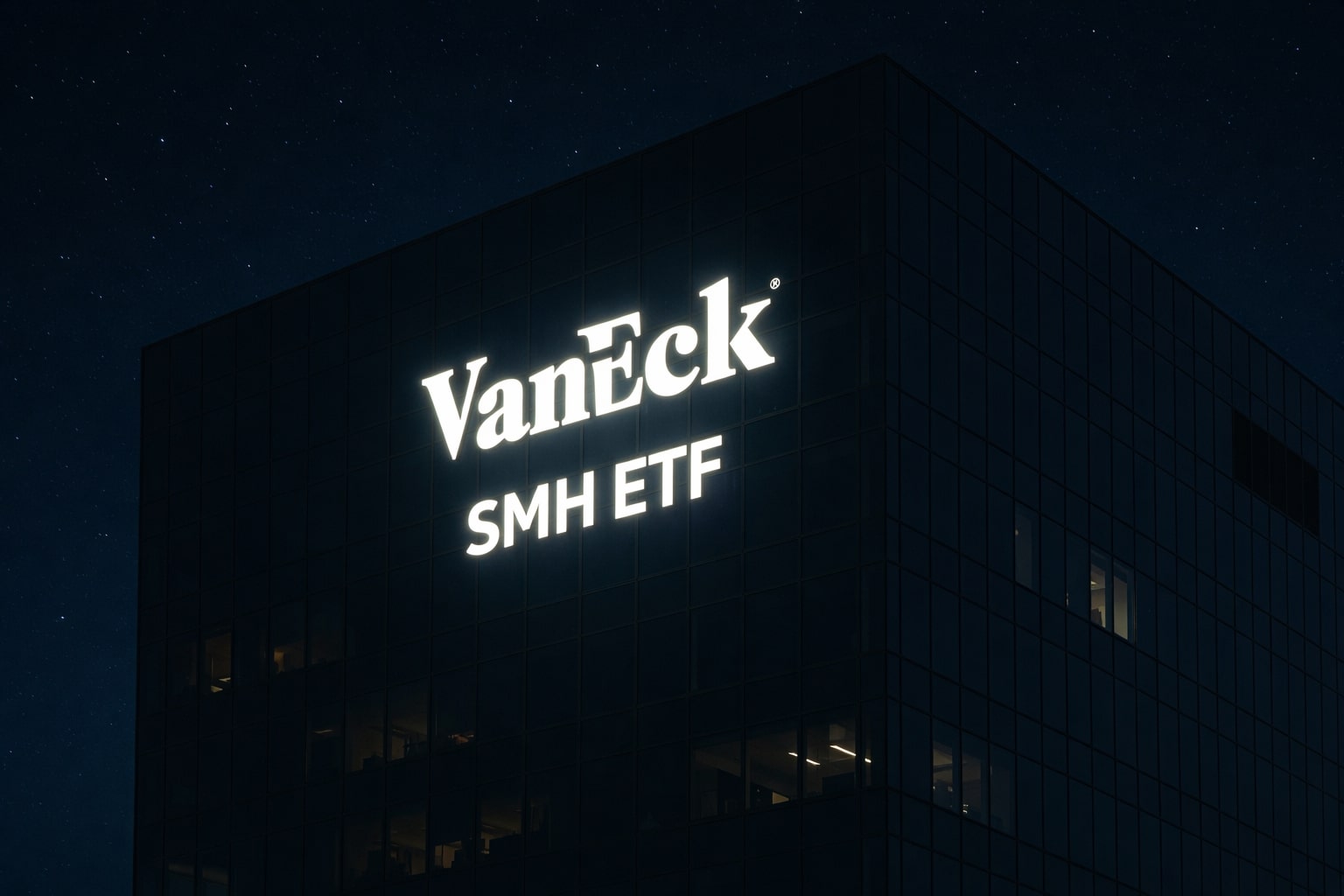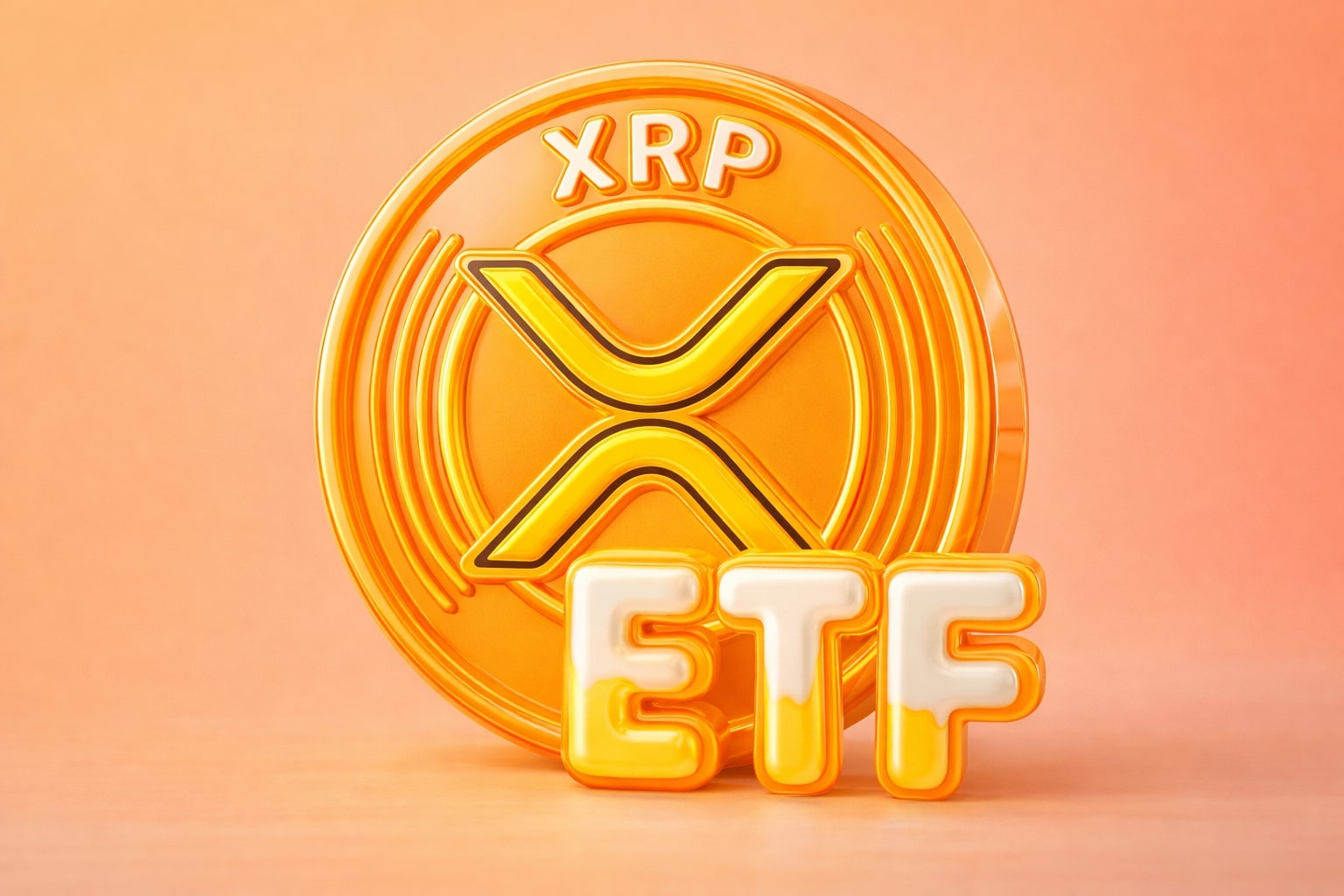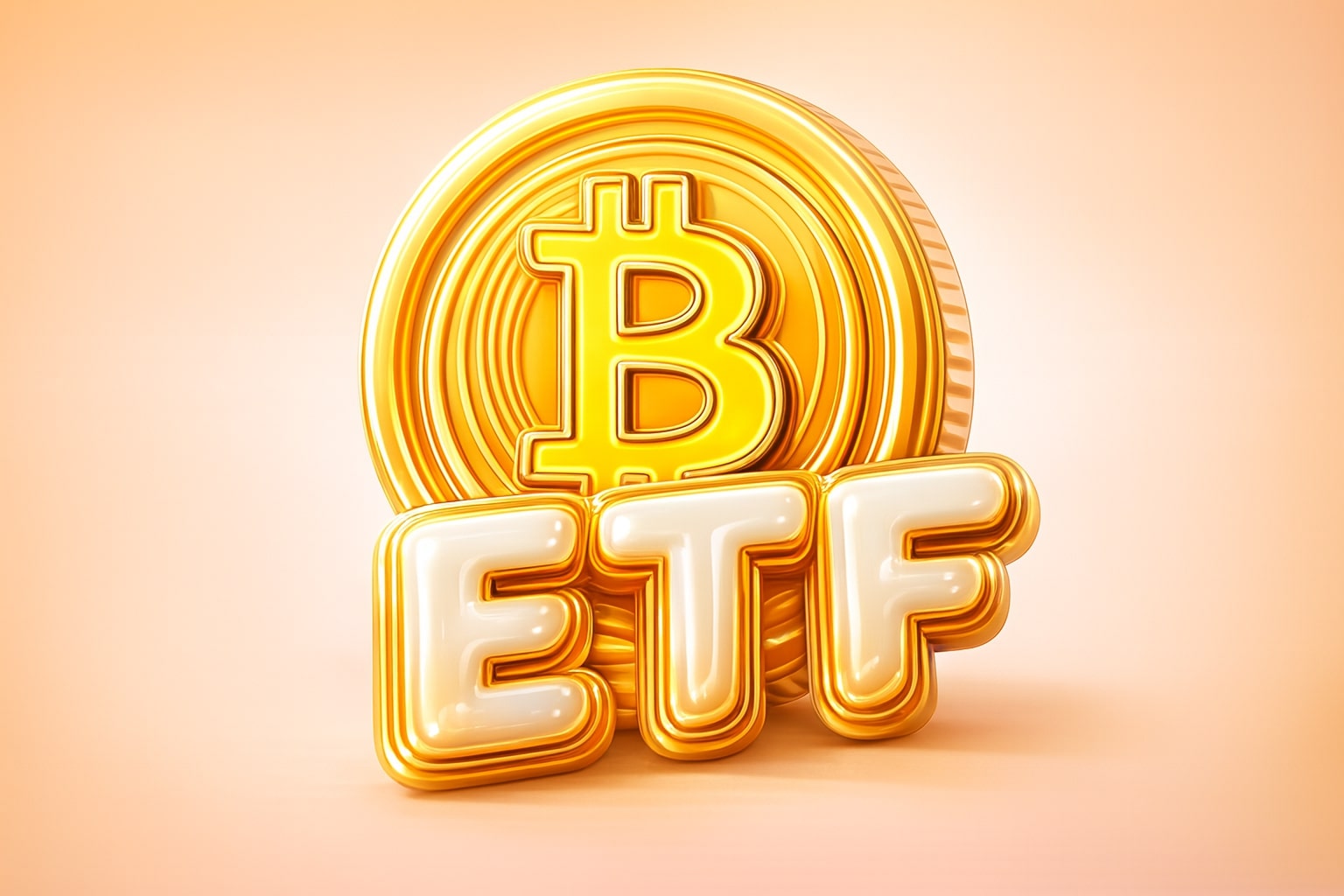
Stock Market Ends Mixed: Dow Nears Record, Nasdaq Slides on Chip Tariff Fears
UnitedHealth soars on Buffett stake, Applied Materials sinks 13% on weak China demand, retail sales steady but inflation risks rise | That's TradingNEWS
Stock Market Indices Shift as Fed Cut Expectations Cool
The U.S. stock market closed Friday in a mixed state, with the S&P 500 slipping 0.28% to 6,450.17 after touching an intraday record high, pausing a two-week advance. The Nasdaq Composite fell 0.47% to 21,609.52, hit by weakness in semiconductor stocks, while the Dow Jones Industrial Average added 0.21% to 45,004.42, powered by a sharp rally in UnitedHealth Group (UNH). Early gains in the stock market faded late in the session as traders locked in profits ahead of the weekend, but the Dow still hovered near its first record close since December 2024.
Healthcare Sector Leads Stock Market Gains as Buffett Bets on UnitedHealth
Healthcare took the lead on the stock market leaderboard after Berkshire Hathaway revealed a $1.6 billion position in UNH, sending the stock up 13.59% to $308.39. This single move contributed nearly 200 points to the Dow’s performance, marking UnitedHealth’s best session in five years. The rally spread across the sector, with Elevance Health (ELV) climbing 4.21%, Centene Corp. (CNC) up 6.03%, and CVS Health (CVS) advancing 2.76%. Berkshire’s return to UNH, after exiting in 2010, signals a renewed strategic bet despite ongoing regulatory probes, cyberattack recovery costs, and rising medical expense ratios.
Semiconductor Weakness Drags Nasdaq in Broader Stock Market Action
The stock market saw semiconductor stocks sell off sharply, pulling down the Nasdaq Composite after President Trump signaled that tariffs on semiconductor imports could be imposed as soon as next week. Applied Materials (AMAT) plunged 13.24% to $163.32 following weaker-than-expected fourth-quarter guidance, with China-related demand softness a key drag—China accounted for 35% of AMAT’s last-quarter revenue. Nvidia (NVDA), Advanced Micro Devices (AMD), and Broadcom (AVGO) each slipped over 1%, while Micron Technology (MU) fell more than 3%. Trump’s tariff plan may temporarily exempt firms expanding U.S. manufacturing, such as Taiwan Semiconductor Manufacturing (TSM), but he indicated such exemptions could be short-lived.
Intel Stock Jumps on Potential U.S. Government Stake
Intel (INTC) extended its rally in stock market trading, climbing 5.72% to $25.23 after Thursday’s 7% surge. Reports suggest the Trump administration may take a direct stake in Intel, using CHIPS Act funding to advance its Ohio manufacturing expansion. This follows a tense but pivotal meeting between President Trump and CEO Lip-Bu Tan earlier this week. Analysts emphasize that Intel remains the only U.S.-headquartered player in advanced semiconductor manufacturing, making it strategically significant for domestic production capacity.
Stock Market Responds to Mixed Consumer and Inflation Data
Economic data painted a mixed picture for the stock market on Friday. July retail sales rose 0.5% month-over-month, matching expectations, while the control group measure—closely tied to GDP—climbed 0.5% against a 0.4% forecast. Strong categories included motor vehicles (+1.6%) and furniture (+1.4%), while building materials (-1.0%) and miscellaneous retail (-1.7%) lagged.
Meanwhile, the University of Michigan’s August consumer sentiment index fell to 58.6 from 61.7, below the 62.5 consensus. Inflation expectations moved higher, with the one-year view at 4.9% and five-year at 3.9%, sparking renewed concerns about sustained pricing pressures in the stock market environment.
Wholesale Inflation Sparks Debate on Fed Policy and Stock Market Direction
The July Producer Price Index (PPI) rose 3.3% year-over-year—the fastest in three years—and 0.9% month-over-month, far above the 0.2% consensus. Treasury yields climbed, with the 10-year ending near 4.33% and the 30-year around 4.9%. CME FedWatch data shows over a 90% chance of a September rate cut, but the odds of a 50-basis-point cut have collapsed. Bank of America notes that rate cuts amid rising inflation—a rare mix last seen in 2007–08—could weaken the U.S. dollar, influencing the stock market outlook for exporters, commodities, and multinational earnings.
S&P 500 Highs Highlight Broader Stock Market Strength
Eight S&P 500 components notched new 52-week highs, led by Goldman Sachs (GS) hitting all-time levels since its 1999 IPO, Johnson & Johnson (JNJ) reclaiming highs not seen since early 2023, and Loews Corp. (L) reaching records dating back to 1972. Other notable gainers included Fox Corp. Class A (FOXA), Hasbro (HAS), Match Group (MTCH), Incyte Corp. (INCY), and C.H. Robinson Worldwide (CHRW). In ETFs, the Invesco Solar ETF (TAN) surged 4.81% to $38.38, its best day since early July, reinforcing strong renewable energy sentiment in the broader stock market.
Global Equities and Currency Movements Affect U.S. Stock Market Sentiment
European equities ended mostly higher, with the FTSE MIB up 1.11% and the CAC 40 rising 0.67%, while the DAX closed flat. Eurozone GDP stalled at 0.1% in Q2, contrasting with the U.S. economy’s 0.7% growth, and industrial production dropped 1.3% in June. The euro area’s sluggish performance relative to the U.S. could sustain foreign capital inflows into the U.S. stock market, although potential USD weakness—if the Fed cuts rates—may complicate earnings projections for global firms.
That's TradingNEWS
Read More
-
SMH ETF: NASDAQ:SMH Hovering at $350 With AI, NVDA and CHIPS Act Fueling the Next Move
16.12.2025 · TradingNEWS ArchiveStocks
-
XRP ETFs XRPI and XRPR: Can $1B Inflows Lift XRP-USD From $1.93 Back Toward $3.66?
16.12.2025 · TradingNEWS ArchiveCrypto
-
Natural Gas Price Forecast: NG=F Falls to $3.80–$3.94 as Warm Winter Kills $5.50 Spike
16.12.2025 · TradingNEWS ArchiveCommodities
-
USD/JPY Price Forecast - USDJPY=X Slides, BoJ 0.50% Hike, Fed Cut and NFP Set the Next Big Move
16.12.2025 · TradingNEWS ArchiveForex


















